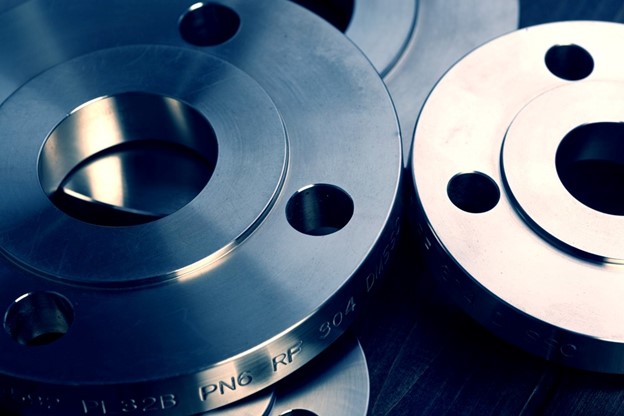 The machining process covers many material removal procedures; among them, grinding is one of the most important. Improved grinding is crucial to improve the overall machining process; hence, many researches focused on enhancing the performance of grinding operations by focusing on factors like wear, chattering vibrations, grinding wheel topography, temperature, and force surface roughness.
The machining process covers many material removal procedures; among them, grinding is one of the most important. Improved grinding is crucial to improve the overall machining process; hence, many researches focused on enhancing the performance of grinding operations by focusing on factors like wear, chattering vibrations, grinding wheel topography, temperature, and force surface roughness.
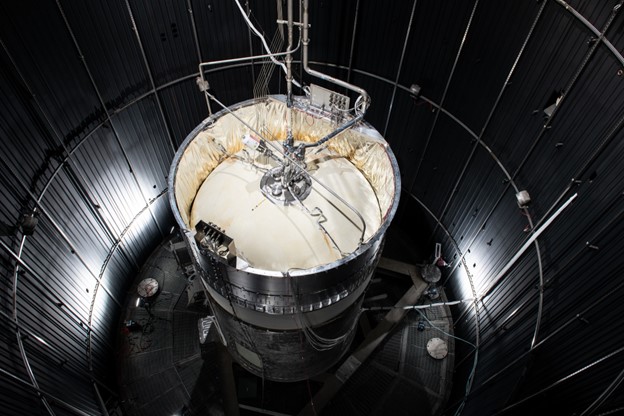 Establishing sustained operations on the moon and Mars presents a multitude of opportunities and challenges NASA has yet to encounter. Many of these activities require new technologies and processes to ensure the agency is prepared for its ambitious Artemis missions and those beyond. One of those challenges is working with cryogenic fluids, meaning fluids existing in a liquid state between minus 238 degrees Fahrenheit and absolute zero (minus 460 F). These fluids – liquid hydrogen (the most difficult to work with), methane, and oxygen – are vital to spacecraft propulsion and life support systems. The fluids may also be produced in the future on the lunar and Martian surfaces via in-situ resource utilization (ISRU).
Establishing sustained operations on the moon and Mars presents a multitude of opportunities and challenges NASA has yet to encounter. Many of these activities require new technologies and processes to ensure the agency is prepared for its ambitious Artemis missions and those beyond. One of those challenges is working with cryogenic fluids, meaning fluids existing in a liquid state between minus 238 degrees Fahrenheit and absolute zero (minus 460 F). These fluids – liquid hydrogen (the most difficult to work with), methane, and oxygen – are vital to spacecraft propulsion and life support systems. The fluids may also be produced in the future on the lunar and Martian surfaces via in-situ resource utilization (ISRU).
Read More
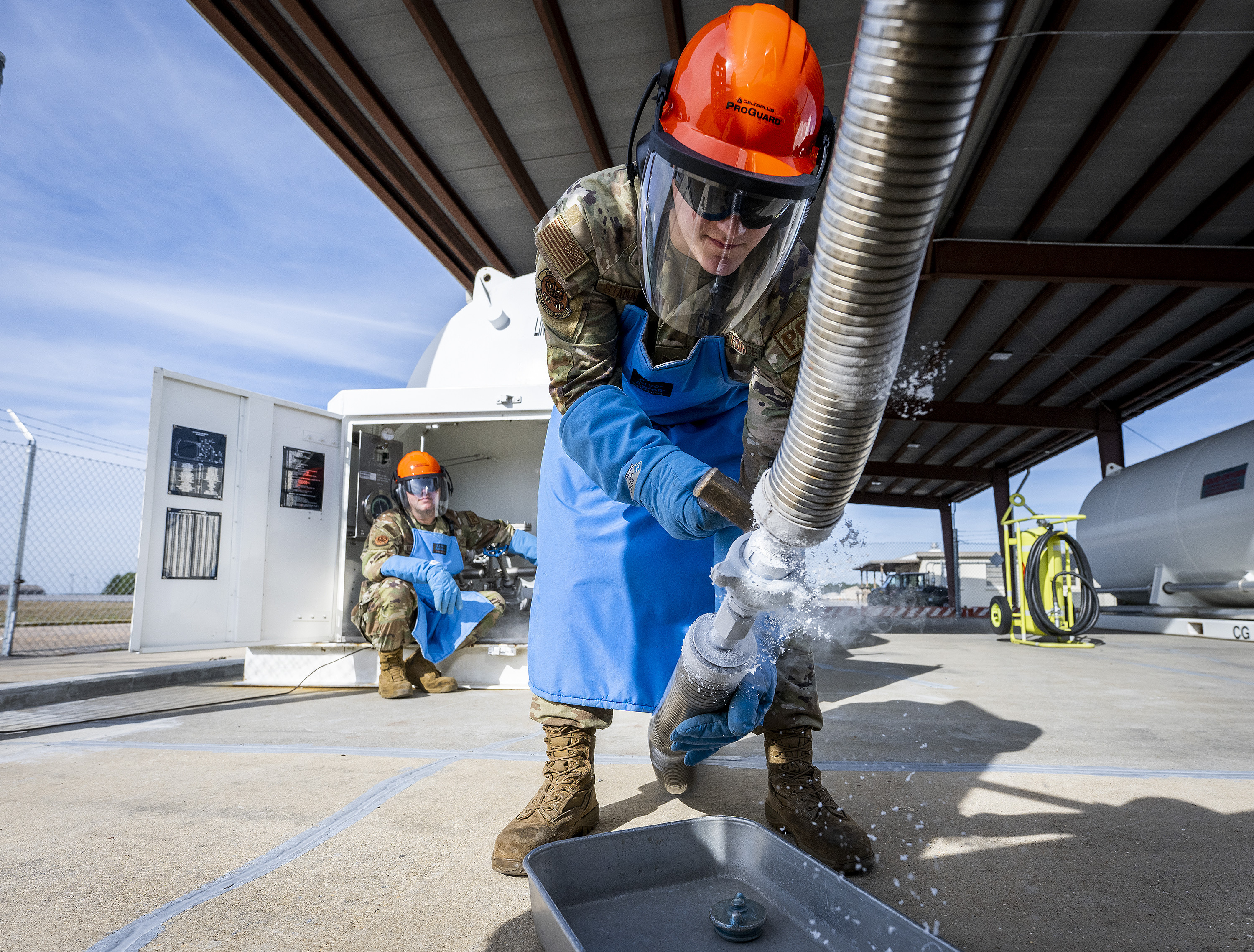 During the intense heat of summer and throughout the humid Florida fall, Airmen donned protective gear to handle, manage, and deliver over 19,000 gallons of liquid nitrogen at temperatures below minus 300 degrees Fahrenheit to support a three-month munition test at Eglin Air Force Base.
During the intense heat of summer and throughout the humid Florida fall, Airmen donned protective gear to handle, manage, and deliver over 19,000 gallons of liquid nitrogen at temperatures below minus 300 degrees Fahrenheit to support a three-month munition test at Eglin Air Force Base.
Read More
 Two space infrastructure specialists, Space Machines Company and Spaceium, have joined forces to embark on what they believe to be the first-ever cryogenic refueling space mission in space in 2025. Under terms of a signed agreement, Canada’s Spaceium will integrate its cryogenic storage technology into Space Machine’s platform. Spaceium will then refuel Space Machines’ tanks with cryogenic fuel using stored reserves.
Two space infrastructure specialists, Space Machines Company and Spaceium, have joined forces to embark on what they believe to be the first-ever cryogenic refueling space mission in space in 2025. Under terms of a signed agreement, Canada’s Spaceium will integrate its cryogenic storage technology into Space Machine’s platform. Spaceium will then refuel Space Machines’ tanks with cryogenic fuel using stored reserves.
Read More
 As we enter 2024, the field of quantum computing continues to develop rapidly. Accessibility to quantum processing and the scaling of systems are key factors in the growing industry. Cloud-based services offer one potential access route to quantum processing, but systems are also being deployed for customers to host on-premises. Besides increases in accessibility, improvements are also needed in the quality of quantum bits, or qubits, themselves and the infrastructure that surrounds them. This includes scaling up the cryogenic infrastructure.
As we enter 2024, the field of quantum computing continues to develop rapidly. Accessibility to quantum processing and the scaling of systems are key factors in the growing industry. Cloud-based services offer one potential access route to quantum processing, but systems are also being deployed for customers to host on-premises. Besides increases in accessibility, improvements are also needed in the quality of quantum bits, or qubits, themselves and the infrastructure that surrounds them. This includes scaling up the cryogenic infrastructure.
Read More
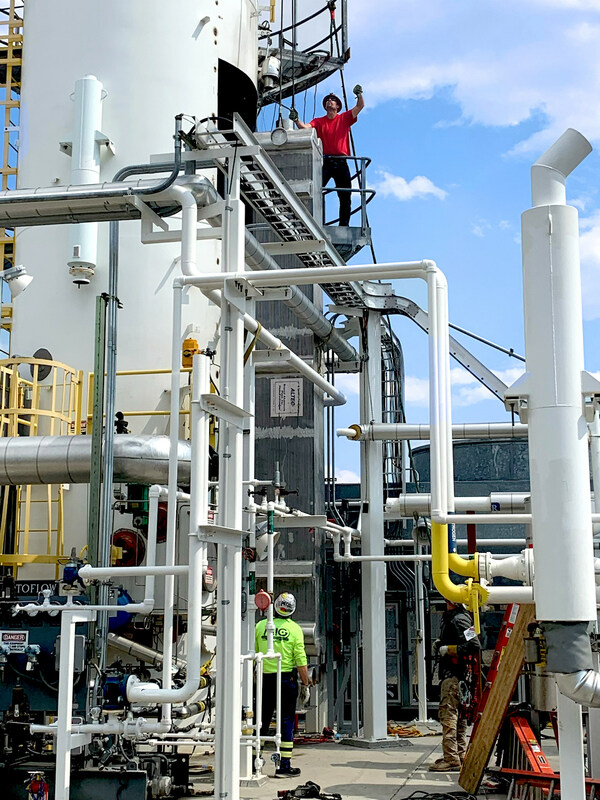 Maddox Industrial Group (MIG), a leader in delivering specialized industrial solutions to the air separation, energy, refining, petrochemical, wastewater, and other industries, has announced its strategic expansion into the Gulf Coast region. This growth is in collaboration with partner, Metalforms LLC (Metalforms), an industrial fabrication, services, and heat transfer solutions expert based in Beaumont, TX. MIG, a TransTech company, has gained recognition delivering specialized industrial solutions for cryogenic and mechanical systems. A trusted partner to the world's top industrial gas providers, MIG's superior solutions support optimal efficiency and reliability across the plant lifecycle.
Maddox Industrial Group (MIG), a leader in delivering specialized industrial solutions to the air separation, energy, refining, petrochemical, wastewater, and other industries, has announced its strategic expansion into the Gulf Coast region. This growth is in collaboration with partner, Metalforms LLC (Metalforms), an industrial fabrication, services, and heat transfer solutions expert based in Beaumont, TX. MIG, a TransTech company, has gained recognition delivering specialized industrial solutions for cryogenic and mechanical systems. A trusted partner to the world's top industrial gas providers, MIG's superior solutions support optimal efficiency and reliability across the plant lifecycle.
Read More
 Air Products announced it will build, own and operate a state-of-the-art carbon capture and carbon dioxide (CO2) treatment facility at its existing hydrogen production plant in Rotterdam, the Netherlands. The facility is expected to be on-stream in 2026, and the resulting "blue" hydrogen product to serve ExxonMobil’s (Esso) Rotterdam refinery and additional customers via Air Products' hydrogen pipeline network system. This will be the largest blue hydrogen plant in Europe once operational.
Air Products announced it will build, own and operate a state-of-the-art carbon capture and carbon dioxide (CO2) treatment facility at its existing hydrogen production plant in Rotterdam, the Netherlands. The facility is expected to be on-stream in 2026, and the resulting "blue" hydrogen product to serve ExxonMobil’s (Esso) Rotterdam refinery and additional customers via Air Products' hydrogen pipeline network system. This will be the largest blue hydrogen plant in Europe once operational.
The carbon capture retrofit will capture CO2 from Air Products' existing hydrogen plant and ExxonMobil’s Rotterdam refinery. The plant will be connected to the Porthos system, a consortium developing the first large-scale CO2 transport and storage system in the Netherlands which recently reached final investment decision approval. Along with CO2 from other industry in the port of Rotterdam, the captured CO2 will be transported to depleted gas fields in the North Sea, approximately 20 kilometers off the coast, where it will be permanently stored at a depth of more than three kilometers beneath the seabed.
Porthos allows Air Products to more than halve its CO2 emissions in the port of Rotterdam. This represents a substantial step for reducing Air Products’ direct emissions in the short term and contributes to meeting the Dutch National Climate Agreement targets. At the same time, Air Products is working hard to further decarbonise its own activities and those of its customers by realising plans to make green hydrogen available from imported renewable energy in the port of Rotterdam.
The project is being undertaken as part of long-term agreements with ExxonMobil and the Dutch State. Blue hydrogen from Air Products’ hydrogen production plant will help customers in industry and mobility transition, whilst also creating and retaining jobs in an important industrial area.
“Air Products has been actively present and investing in Rotterdam for decades,” commented Chief Operating Officer Dr. Samir J. Serhan. “Industrial companies here are continually looking for ways to realize synergies, create economies of scale, drive energy efficiencies and ultimately decarbonise. This project fulfils that demand. By sequestering CO2 through Porthos and bringing additional blue hydrogen to ExxonMobil and other customers, we can help generate a cleaner future.”
“ExxonMobil aims to achieve net-zero Scope 1 and Scope 2 emissions from its operated assets by 2050 and we’ve taken a comprehensive approach to create emission-reduction roadmaps for each of our facilities,” said Edward Dekker Kleijn, Rotterdam Site Manager. “We are pleased to build on our collaboration with Air Products to lower our environmental footprint. Carbon Capture and Storage is one of the critical technologies required to achieve the climate goals. This project is a great example of how industry works together to reduce carbon dioxide emissions in the Rotterdam port area.”
Read More
 The LCLS-XFEL at SLAC National Accelerator Lab has launched its upgraded version, LCLS-II, generating its first X-rays. This advancement is set to revolutionize research, offering unparalleled capabilities for studying quantum materials with remarkable precision. Scientists worldwide are queued up to explore various applications, from improving computing and communication technologies using quantum materials to understanding fleeting chemical reactions for sustainable industries and clean energy. Additionally, the upgrade enables investigations into biological molecules' functions for pharmaceutical advancements and opens doors to entirely new scientific realms by studying the world's fastest timescales.
The LCLS-XFEL at SLAC National Accelerator Lab has launched its upgraded version, LCLS-II, generating its first X-rays. This advancement is set to revolutionize research, offering unparalleled capabilities for studying quantum materials with remarkable precision. Scientists worldwide are queued up to explore various applications, from improving computing and communication technologies using quantum materials to understanding fleeting chemical reactions for sustainable industries and clean energy. Additionally, the upgrade enables investigations into biological molecules' functions for pharmaceutical advancements and opens doors to entirely new scientific realms by studying the world's fastest timescales.
Read More
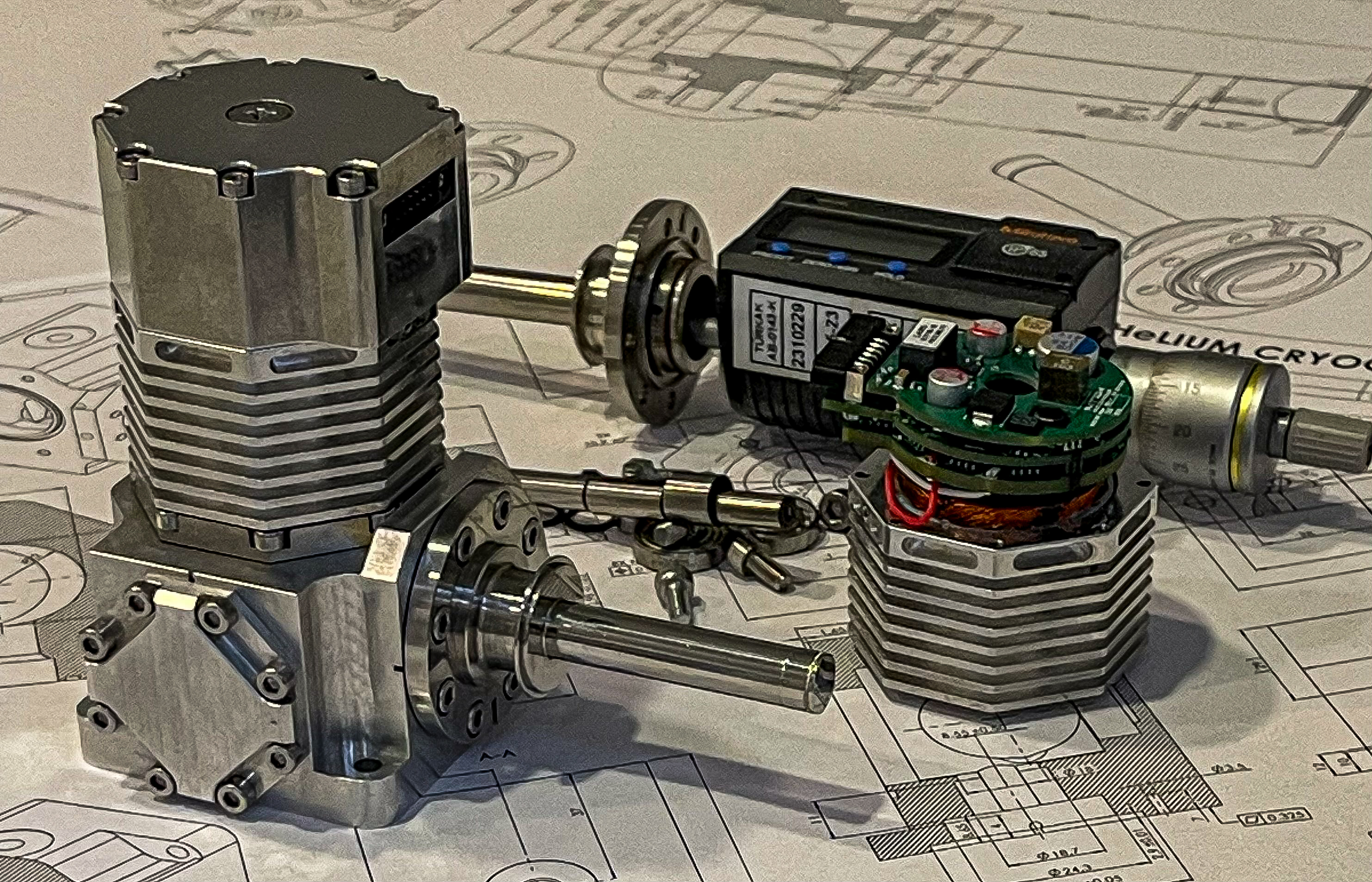 In an era where technological innovation is not just an advantage but a necessity, HeLIUM Cryogenics™, stands at the vanguard, continually pushing the boundaries of whatʼs possible in cryogenic technology. Presently, a significant milestone is being marked in HeLIUMʼs journey as it unveils its latest innovation: a new line of mini and mid-range Stirling coolers. These coolers, exemplifying the pinnacle of engineering and design, stand as a testament to HeLIUM’s commitment to excellence, offering performance that competes head-to-head with the best in the market while seamlessly integrating efficiency, compactness and environmental sustainability into an advanced product series.
In an era where technological innovation is not just an advantage but a necessity, HeLIUM Cryogenics™, stands at the vanguard, continually pushing the boundaries of whatʼs possible in cryogenic technology. Presently, a significant milestone is being marked in HeLIUMʼs journey as it unveils its latest innovation: a new line of mini and mid-range Stirling coolers. These coolers, exemplifying the pinnacle of engineering and design, stand as a testament to HeLIUM’s commitment to excellence, offering performance that competes head-to-head with the best in the market while seamlessly integrating efficiency, compactness and environmental sustainability into an advanced product series.
Read More
H2FLY Pioneers Emissions-Free Flight with Successful Liquid-Hydrogen-Powered Aircraft
 Stuttgart-based innovator H2FLY has achieved an unprecedented breakthrough in aviation history by successfully conducting the world’s first piloted flight of an electric aircraft powered by liquid hydrogen. This remarkable milestone marks a pivotal moment in the journey towards sustainable aviation, showcasing the immense potential of hydrogen-based technology in revolutionizing the industry.
Stuttgart-based innovator H2FLY has achieved an unprecedented breakthrough in aviation history by successfully conducting the world’s first piloted flight of an electric aircraft powered by liquid hydrogen. This remarkable milestone marks a pivotal moment in the journey towards sustainable aviation, showcasing the immense potential of hydrogen-based technology in revolutionizing the industry.
Read More
Cryo-Engineering for SRF
![Figure 1. A- Low β Nb cavities,[1] B- TESLA style cavity, and C- Cavity in LHe vessel.[2] Credit: A. Lombardi et al. and C. Pagani. Figure 1. A- Low β Nb cavities,[1] B- TESLA style cavity, and C- Cavity in LHe vessel.[2] Credit: A. Lombardi et al. and C. Pagani.](https://cryo.memberclicks.net/assets/news/SRF%20Fig-1.png) Fifty-Five Years of Inextricable Success-Superconducting Radio Frequency (SRF) cavities are vitally central to SRF accelerators, boasting a Q factor about 105 times higher than copper cavities and the capability to produce accelerating fields (Eacc) on an order of magnitude greater than copper in CW. In the 1960s, SRF cavities were delicate instruments used by pioneering scientists in several prestigious labs. Over the past 55 years, the synergy between cryogenics and SRF accelerators has consistently proven mutually beneficial and successful. Today, the landscape has evolved significantly, with potential markets for industrial electron beams reaching $10 billion annually. Various SRF cavities mainly made from Nb (Figure 1)[1-2] are widely used in high energy physics, nuclear science, FEL, XFEL, synchrotron lights, computer chips, and medical and industrial applications.
Fifty-Five Years of Inextricable Success-Superconducting Radio Frequency (SRF) cavities are vitally central to SRF accelerators, boasting a Q factor about 105 times higher than copper cavities and the capability to produce accelerating fields (Eacc) on an order of magnitude greater than copper in CW. In the 1960s, SRF cavities were delicate instruments used by pioneering scientists in several prestigious labs. Over the past 55 years, the synergy between cryogenics and SRF accelerators has consistently proven mutually beneficial and successful. Today, the landscape has evolved significantly, with potential markets for industrial electron beams reaching $10 billion annually. Various SRF cavities mainly made from Nb (Figure 1)[1-2] are widely used in high energy physics, nuclear science, FEL, XFEL, synchrotron lights, computer chips, and medical and industrial applications.
Read More
High temperature superconducting (HTS) tapes, which have emerged over the last decade, are enablers for new technologies. Specifically, high temperature superconducting magnets to enable commercial fusion energy are arguably the most tantalizing and potentially impactful. Fusion energy would be a long-envisioned source of firm, safe, carbon-free electricity whose successful development requires creative, innovative cryogenic engineering.
Read More
 Antarctica is vital for cold research, from understanding our fragile climate to tracking local fauna. Energy is critical to this research as it supports expeditions and heating bases. Reliance on diesel import is leaving a dark legacy on the continent, as the buildup of black carbon is causing accelerated rates of animal birth defects and melting ice shelves.[1,2] We must transform our Antarctic fueling practices with urgency if we are to preserve our last clean continent.
Antarctica is vital for cold research, from understanding our fragile climate to tracking local fauna. Energy is critical to this research as it supports expeditions and heating bases. Reliance on diesel import is leaving a dark legacy on the continent, as the buildup of black carbon is causing accelerated rates of animal birth defects and melting ice shelves.[1,2] We must transform our Antarctic fueling practices with urgency if we are to preserve our last clean continent.
Read More
ExxonMobil to Build CCS Pilot Plant with FuelCell Energy Using Carbonate Fuel Cell Technology
 ExxonMobil’s affiliate Esso Nederland BV plans to build a pilot plant at its Rotterdam manufacturing complex to test a breakthrough technology that could significantly reduce CO2 emissions from key industries. The pilot plant aims to obtain data on performance and operability of the carbonate fuel cell (CFC) technology, jointly developed with FuelCell Energy. Additionally, the pilot aims to address potential technical issues that may occur in a commercial environment and better understand the costs of installing and operating a CFC plant for carbon capture.
ExxonMobil’s affiliate Esso Nederland BV plans to build a pilot plant at its Rotterdam manufacturing complex to test a breakthrough technology that could significantly reduce CO2 emissions from key industries. The pilot plant aims to obtain data on performance and operability of the carbonate fuel cell (CFC) technology, jointly developed with FuelCell Energy. Additionally, the pilot aims to address potential technical issues that may occur in a commercial environment and better understand the costs of installing and operating a CFC plant for carbon capture.
Read More
 Before architect César Martín-Gómez could send his latest thermoelectric experiment to Antarctica in 2018, he had to make sure that soldiers from the Spanish Army could get it right on the first try. In the laboratory, he could always run the experiment—a scale model of a solid-state thermoelectric heater—a second time if it needed troubleshooting.
Before architect César Martín-Gómez could send his latest thermoelectric experiment to Antarctica in 2018, he had to make sure that soldiers from the Spanish Army could get it right on the first try. In the laboratory, he could always run the experiment—a scale model of a solid-state thermoelectric heater—a second time if it needed troubleshooting.
Read More
Bearing Fruit: Deep Apple Therapeutics Launches to Screen AI-Generated Virtual Libraries
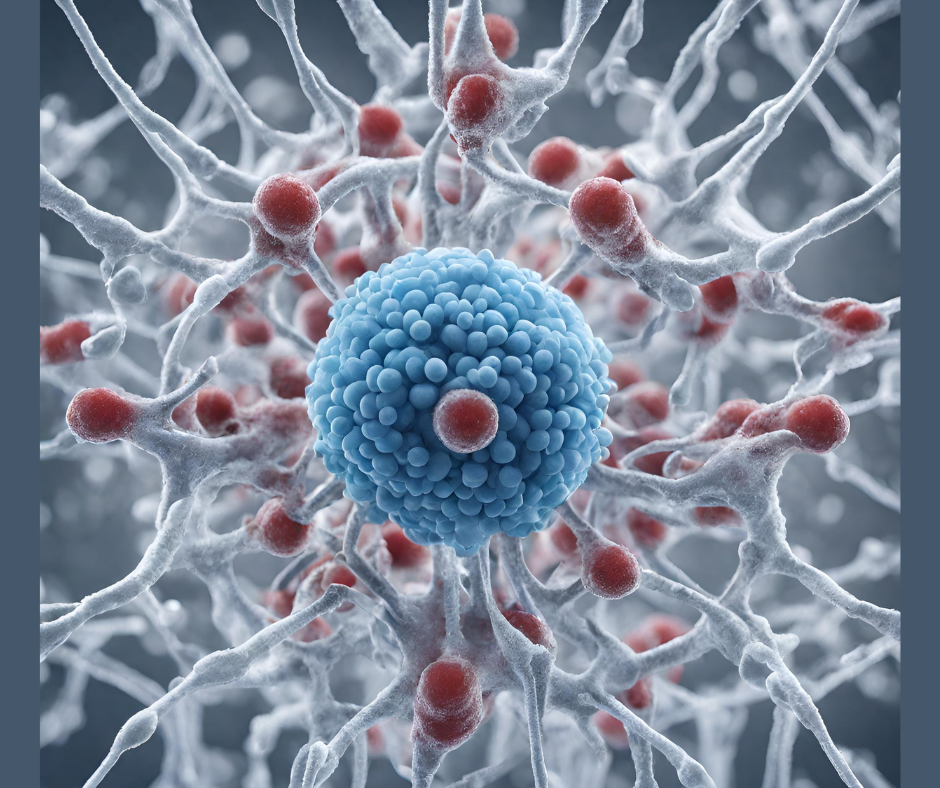 A cryo-EM and GPCR expert, a virtual screening pioneer, and a virtual chemical library creator walk into a bar. The result is not the opening line of a joke but rather the founding of a start-up that will rapidly discover novel small-molecule therapeutics through the virtual screening of AI-generated virtual libraries. That company, Deep Apple, launched with a Series A commitment of $52 million from life sciences venture capital firm Apple Tree Partners.
A cryo-EM and GPCR expert, a virtual screening pioneer, and a virtual chemical library creator walk into a bar. The result is not the opening line of a joke but rather the founding of a start-up that will rapidly discover novel small-molecule therapeutics through the virtual screening of AI-generated virtual libraries. That company, Deep Apple, launched with a Series A commitment of $52 million from life sciences venture capital firm Apple Tree Partners.
Read More
Wyoming Already Produces 20% Of The World’s Helium, And Likely Has A Lot More
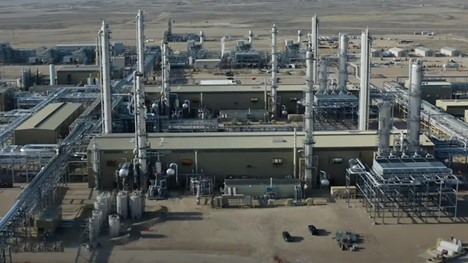 There are three locations in the world where helium can be sourced. One is Qatar, another is in Texas and the third is right here in Wyoming at an ExxonMobil facility near La Barge. Called Schute Creek, it produces about 20% of the world’s helium.
There are three locations in the world where helium can be sourced. One is Qatar, another is in Texas and the third is right here in Wyoming at an ExxonMobil facility near La Barge. Called Schute Creek, it produces about 20% of the world’s helium.
Read More
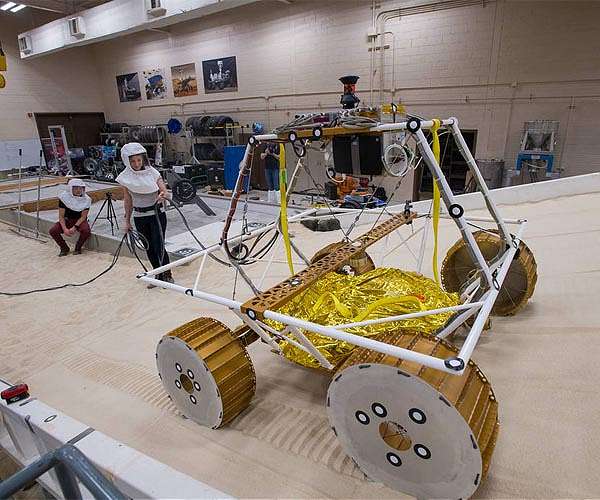 When NASA's VIPER (short for Volatiles Investigating Polar Exploration Rover) lands on the surface of the Moon on a mission to better understand the environment where NASA plans to send astronauts as part of the increasingly complex Artemis missions, its journey will be guided by the ingenuity of its human team - and several key tools that use artificial intelligence. From helping the science team choose a landing site at the lunar mountain Mons Mouton, to planning out its path, the VIPER team has developed and used artificial intelligence algorithms to help assess risk and optimize decision making.
When NASA's VIPER (short for Volatiles Investigating Polar Exploration Rover) lands on the surface of the Moon on a mission to better understand the environment where NASA plans to send astronauts as part of the increasingly complex Artemis missions, its journey will be guided by the ingenuity of its human team - and several key tools that use artificial intelligence. From helping the science team choose a landing site at the lunar mountain Mons Mouton, to planning out its path, the VIPER team has developed and used artificial intelligence algorithms to help assess risk and optimize decision making.
Read More
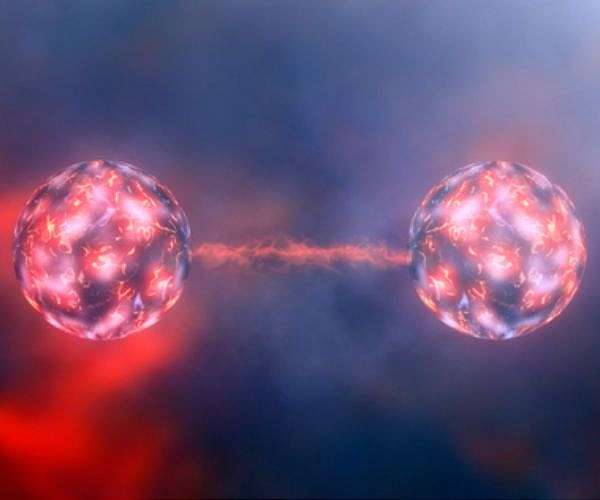 A team of researchers working on DARPA's Optimization with Noisy Intermediate-Scale Quantum devices (ONISQ) program has created the first-ever quantum circuit with logical quantum bits (qubits), a key discovery that could accelerate fault-tolerant quantum computing and revolutionize concepts for designing quantum computer processors.
A team of researchers working on DARPA's Optimization with Noisy Intermediate-Scale Quantum devices (ONISQ) program has created the first-ever quantum circuit with logical quantum bits (qubits), a key discovery that could accelerate fault-tolerant quantum computing and revolutionize concepts for designing quantum computer processors.
Read More
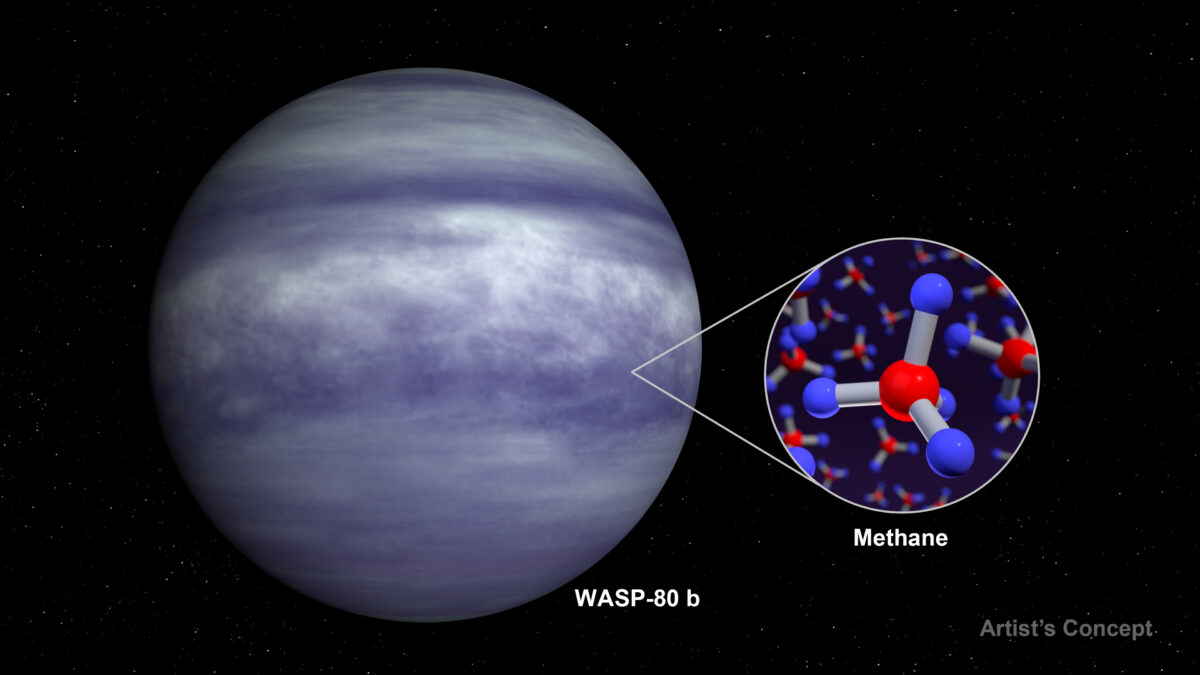 NASA’s James Webb Space Telescope observed the exoplanet WASP-80 b as it passed in front of and behind its host star, revealing spectra indicative of an atmosphere containing methane gas and water vapor. While water vapor has been detected in over a dozen planets to date, until recently methane – a molecule found in abundance in the atmospheres of Jupiter, Saturn, Uranus, and Neptune within our solar system – has remained elusive in the atmospheres of transiting exoplanets when studied with space-based spectroscopy. Taylor Bell from the Bay Area Environmental Research Institute (BAERI), working at NASA’s Ames Research Center in California’s Silicon Valley, and Luis Welbanks from Arizona State University tell us more about the significance of discovering methane in exoplanet atmospheres and discuss how Webb observations facilitated the identification of this long-sought-after molecule. These findings were recently published in the scientific journal Nature.
NASA’s James Webb Space Telescope observed the exoplanet WASP-80 b as it passed in front of and behind its host star, revealing spectra indicative of an atmosphere containing methane gas and water vapor. While water vapor has been detected in over a dozen planets to date, until recently methane – a molecule found in abundance in the atmospheres of Jupiter, Saturn, Uranus, and Neptune within our solar system – has remained elusive in the atmospheres of transiting exoplanets when studied with space-based spectroscopy. Taylor Bell from the Bay Area Environmental Research Institute (BAERI), working at NASA’s Ames Research Center in California’s Silicon Valley, and Luis Welbanks from Arizona State University tell us more about the significance of discovering methane in exoplanet atmospheres and discuss how Webb observations facilitated the identification of this long-sought-after molecule. These findings were recently published in the scientific journal Nature.


